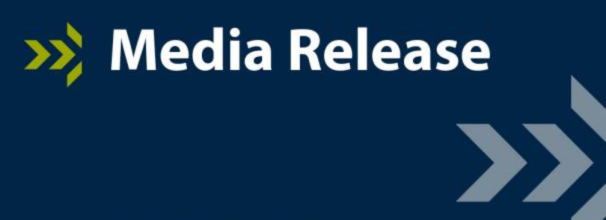
VLSB+C annual report for 2021/22 tabled in Parliament
Our latest annual report wraps up a busy 12 months focused on protecting and empowering consumers, enhancing legal practice and ethics, and improving access to justice.
This form is to be completed and returned to a NAB branch when opening a trust account with NAB.
This report contains information about our operations and financial performance for the 2021-22 financial year.
Comparing the impact of place-based integrated service partnerships to traditional models of legal service delivery
Once you have been admitted to the legal profession in an Australian jurisdiction, you are eligible to apply for a Victorian practising certificate with us.
If you hold a current practising certificate from another Australian jurisdiction, you can practise with it in Victoria until it expires. However, you should contact your interstate regulator to ensure you are complying with any requirements needed when engaging in legal practice in another jurisdiction.
If this is the case, you will only need to apply for a Victorian practising certificate for the new practising year before June 30.
Before you can submit an online application for a Victorian practising certificate, you must be registered with us. To register, you need to provide us with a Certificate of Fitness issued by your home jurisdiction. (Depending on the jurisdiction, the certificate may also be known as a 'certificate of evidentiary'.)
When you provide us with a Certificate of Fitness, please also provide the following information:
• Preferred title
• Full name (including any middle names)
• Date of birth, and
• Admissions details, including your state and date of admission (if not included in the certificate).
You can provide your Certificate of Fitness and your personal details through the Lawyer Enquiry Form. We will then issue you with a practitioner ID.
You must apply for your practising certificate via LSB Online within 28 days of the date of your certificate of fitness.
If you intend to engage in legal practice principally in an Australian jurisdiction other than Victoria, please contact the relevant authority in that jurisdiction to determine the registration requirements. As part of the registration process, it is likely that you will need to provide a Certificate of Fitness issued by us within the last 28 days. Request it here.